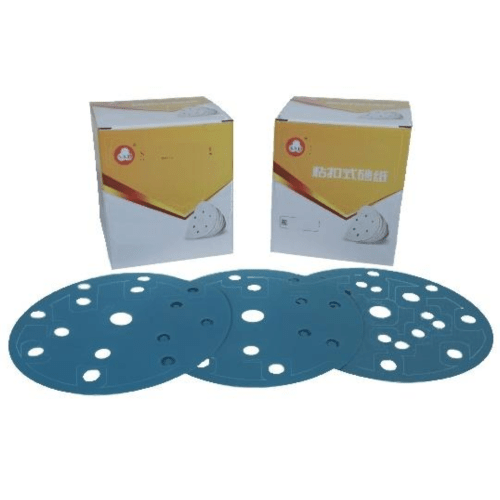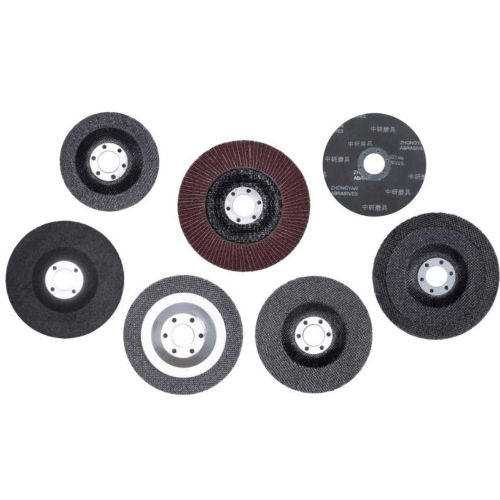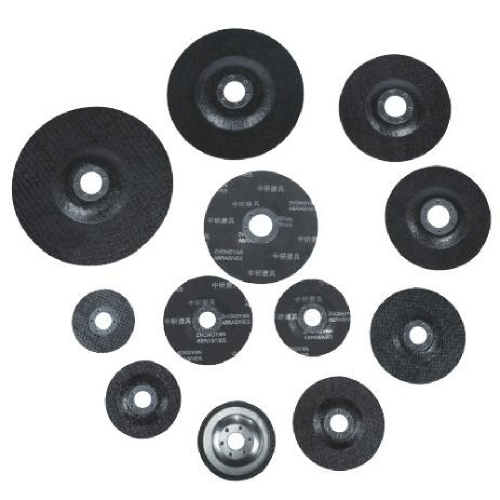belt width
Belt width is a crucial parameter in conveyor system design and material handling operations. This fundamental measurement determines the carrying capacity, stability, and overall efficiency of conveyor systems across various industries. The width of a conveyor belt directly influences its load-bearing capabilities, affecting how much material can be transported simultaneously. Modern belt width specifications are precisely engineered to optimize material flow while maintaining structural integrity. These measurements typically range from narrow widths suitable for small parts handling to extensive widths capable of managing bulk materials in mining and heavy industry applications. The selection of appropriate belt width involves careful consideration of material characteristics, required throughput rates, and spatial constraints. Advanced manufacturing techniques ensure consistent width maintenance throughout the belt's operational life, contributing to system reliability and reduced maintenance requirements. The standardization of belt widths across the industry has led to improved compatibility between different system components and easier replacement procedures. This dimensional specification also plays a vital role in determining proper tracking, tension requirements, and support structure design, making it a cornerstone of efficient conveyor system operation.


